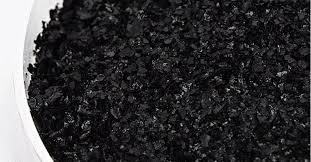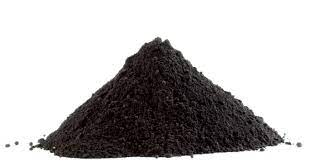Humate Testing


Humates 101
The primary use of humates is to increase plant quality and production and to improve and replenish depleted soils. Its natural processes increase the plant’s resistance to unfavorable stress factors, improve nitrogen assimilation and nutrient uptake, and help facilitate the synthesis of sugars, vitamins, and more. Field trials prove that applying humic products helps plants develop much more vigorous root systems and that length, density, and root radius dramatically increase. Finally, through increased chlorophyll synthesis, humates help accumulate solar energy, increasing cell energy balance.
Humates are found in humic products used in commercial agriculture as soil amendments and fertilizer additives, landscape and turf construction and maintenance, soil and water remediation, dietary supplements, livestock feeds, and drilling mud additives. Humic products are also used in pet foods, cosmetics, nutraceuticals, and other consumer products.
TPS Lab can analyze your sample and provide fast, accurate data.

We employ several proprietary analysis methods for liquid and solid samples. These methods use spectroscopy or potent chemical extractions to accurately quantify humic concentrations in a material.

This method may be used for solid samples containing at least 0.5% humic acid and liquids containing at least 0.05%.
The humic acid(s) sample is dissolved by treatment with a strong alkali solution and is then precipitated with hydrochloric acid.
